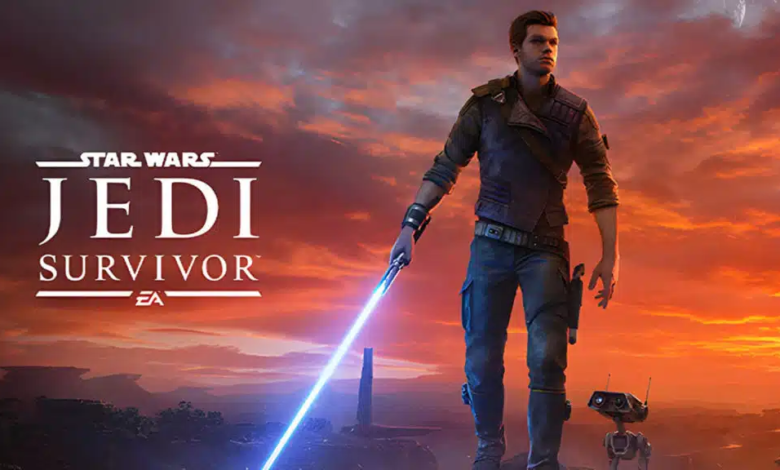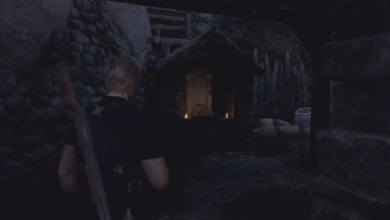
The RTX 4090 from Nvidia is overkill for most games, but it appears to have found its match in Star Wars Jedi: Survivor. That’s correct, the next game from EA struggles to maintain frame rates of more than 35 even with the finest graphics card.
This type of performance is accidental, of course, and is only the result of subpar optimization. Will the game run smoothly on your machine when it releases tomorrow?
Just one day remain until Star Wars Jedi: Survivor’s scheduled release, but it appears that EA has a long way to go. Early reviews from gamers and critics suggest that the game is currently poorly optimized, with problems like low frame rates and exorbitant VRAM usage hurting those who have actually played it.
Cyberpunk 2077 comes to mind as an example of a game that launched before it was fully optimized. However, Jedi: Survivor appears to have issues that are so severe that they practically make the game unplayable. Since overpriced beasts like the RTX 4090 exist, there doesn’t seem to be a graphics card that can deliver constant 60 frames per second at the moment.
On YouTube, Eckhart’s Ladder attempted to play the game with an RTX 3080 Ti-equipped machine. The RTX 3080 Ti is a high-end card that, although being a last-gen model, should still be able to handle the most demanding games being released right now. Sadly, this isn’t the case with Jedi: Survivor; the YouTuber discovered that the frame rates reached a maximum of about 50 fps. It’s important to note that changing the settings didn’t even raise those values. The game also had its fair share of other flaws, including audio glitches and broken cutscenes.
Another YouTuber, GameStar, also experienced these issues, despite having a higher-end PC. Even with an RTX 4090, 32GB of RAM, and a Ryzen 9 5900X processor, a computer could not run Jedi: Survivor at 1440p. Remember that an RTX 4090 was designed for 4K, so playing anything at 1440p is a waste with that card. Even yet, at a lesser resolution, it often ran at 35 to 45 frames per second, with sporadic bursts of 60 fps.
Jedi: Survivor consumes a lot of VRAM as it stands. Even though it only uses about 50% of the card’s total power, it can use up to 21GB of VRAM. All things considered, this doesn’t sound like a AAA game that is prepared for release.
Thankfully, it appears that everyone concerned is attempting to resolve these issues prior to more people having access to Star Wars Jedi: Survivor. An update containing optimisations and bug fixes for launch day is on the way, according to EA. Regularly issued pre-release patches are also available. Nvidia just released a new Game Ready Driver that focuses on Jedi: Survivor and includes several game-specific optimisations.
When the game is made available to the broader public, will all of these efforts prove to be sufficient? Let’s hope so, as the current state of affairs could result in some negative early evaluations if the performance doesn’t improve.











